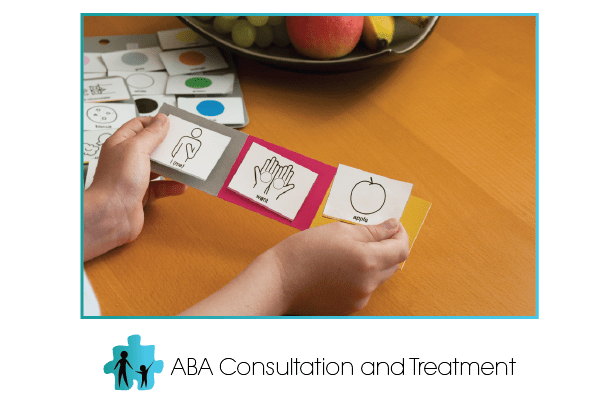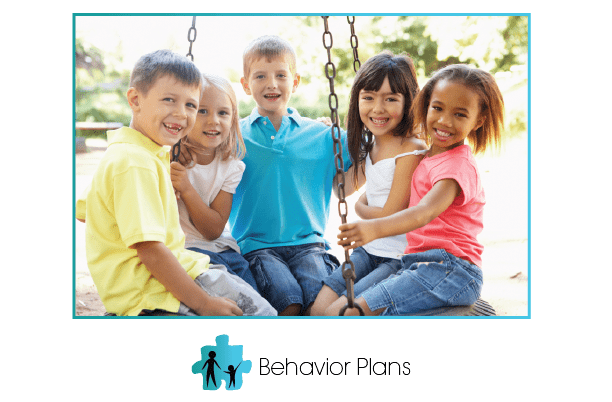Welcome to the first installment of our “Preparing for a Successful Thanksgiving” series. Thanksgiving can be a hectic time. Cooking, cleaning, travelling, seeing loved ones, and the change in routine can get to the best of us. Add to that the challenges facing those with autism and it can seem daunting. Fortunately, we’re here to help! In this series we’d like to explore some strategies that can help ease the stress and prepare you, your child and family for an enjoyable and meaningful Thanksgiving. Let’s jump in!
One of the most powerful tools available to prepare your child for new experiences is a Social Story. Social Stories were created by Carol Gray and are exactly what you’re thinking they are; stories about social situations. These can range from stories about what to expect on the first day of third grade or stories about what to expect when you take someone out on a date. Their versatility and adjustability are what make them the perfect tool for the holidays!
A Social Story describes social information accurately and in a way that can be understood by the individual with autism. So what does that mean? Take, for example, Thanksgiving dinner. While we might describe Thanksgiving dinner as “eating a special meal with the whole family” a Social Story would go into much more depth. It may describe parts of the meal or where the person might sit. It may give them direction on how to respond to situations. Lastly, it may affirm important parts of the story itself.
Thanksgiving
Thanksgiving is on Thursday, November 28th this year.
I will be going to my aunt’s house. I will see lots of family. My mom, my dad, my brother, my grandmother, my grandfather, my aunt, and my uncle will all be there. I may even see some of my cousins!
Dinner will be served at 5:00 PM. I usually eat dinner at 6:30 so I will be eating lunch early.
In my family we eat turkey on Thanksgiving. I love to eat turkey! We also eat stuffing, sweet potatoes, corn, cranberries, and pumpkin pie. I don’t like cranberries very much. I can try them but I don’t have to eat a lot if I don’t want to.
In my family we all sit together when we eat Thanksgiving dinner. I will sit next to my mom and my dad. I cannot use my iPad during dinner but when we are done I will be able to watch a video!
Eating should take about 30 minutes. I can usually sit for that long but if I need a break, I can ask my mom.
After dinner we will stay at my aunt’s for a little while. The adults like to talk. I can talk to the adults if I want but I can also play with my brother or cousins. When it is time to go mom or dad will tell me and we will get back in the car and drive home.
Pretty detailed, right? What you put in the story is up to you and what you think will be important to your child. But remember the more you can find out about the situation, the more you will set your child up for success. Remember to use language that your child understands and to include meaningful pictures that illustrate the content. This can help create interest in reviewing the story and to support overall comprehension.
One last thing to keep in mind is when to use the Social Story for maximum impact. The more you can review the story the better, but a good rule of thumb is to give yourself and your child one week to absorb the story. You can always read it more, but reading the story once a day in the week leading up to Thanksgiving will give you and your child a good foundation.
Hopefully this has given you a good start to creating your own personalized Social Story and making this a successful Thanksgiving! Stay tuned for our second blog in this series: Supporting Changes in Routine including a special tip for creating a friendly “break space” for your child if the holiday activities become too overwhelming.
References
Ali, S., & Frederickson, N. (2006). Investigating the evidence base of social stories. Educational Psychology in Practice, 22(4), 355-377.
Gray, C. A., & Garand, J. D. (1993). Social stories: Improving responses of students with autism with accurate social information. Focus on autistic behavior, 8(1), 1-10.
Gray, C. (1994). Social stories. Arlington, TX: Future Horizons.



